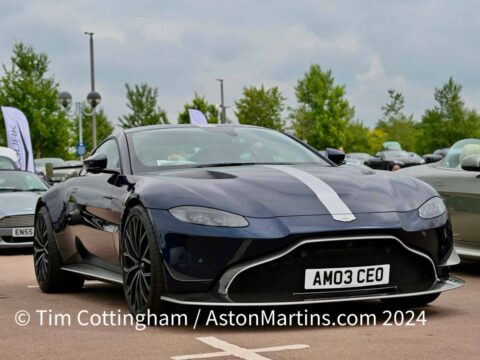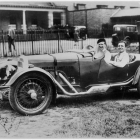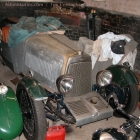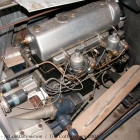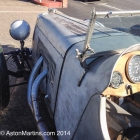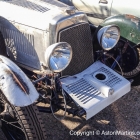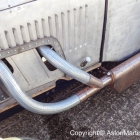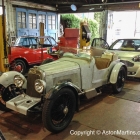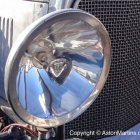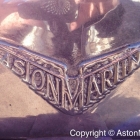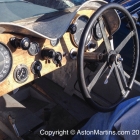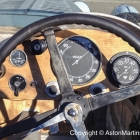1st Series Team Cars (LM1 to LM7)
- 01/02/2013(1928 – LM1, LM2)
The first team cars (LM1 and LM2) competed in the 1928 Le Mans 24 hour race and although neither finished, the team was awarded a special prize for being the fastest 1½ litre cars at the start of the race.
(1929 – LM3)
Although the works did not enter Le Mans in 1929, another team car was constructed, LM3, to join LM2 to compete in UK events. This car was initially LM3 but was re-assembled in 1932 as a 2/4 seater with a new registration number and an overstamped chassis number.
(1930 – LM4)
The LM4 team car added for the 1930 season again for UK events. The car was photographed (see below) at the opening of ‘the Barn’, headquarters of the AMOC & AMHT in April 2002.
(1931 – LM5, LM6, LM7)
In 1931, the company had sufficient finance to fund the building of three new team cars, LM5, LM6 and LM7. As well as UK events, all three cars entered the Le Mans 24 hour. The LM5 was photographed (see below) during the Parade des Pilots at Le Mans in 1999 and again in the AMOC Horsfall race at Silverstone in 2000. This car sadly retired in the 1931 Le Mans race, although LM6 finished 5th overall and 1st in class.
Below is the LM7, photographed mostly during the 2006 AMOC Horsfall Race at Silverstone. When the works had finished with LM7 at the end of the 1931 season, it was purchased by Mortimer ‘Mort’ Morris-Goodall, the founder of the Aston Martin Owners Club.

